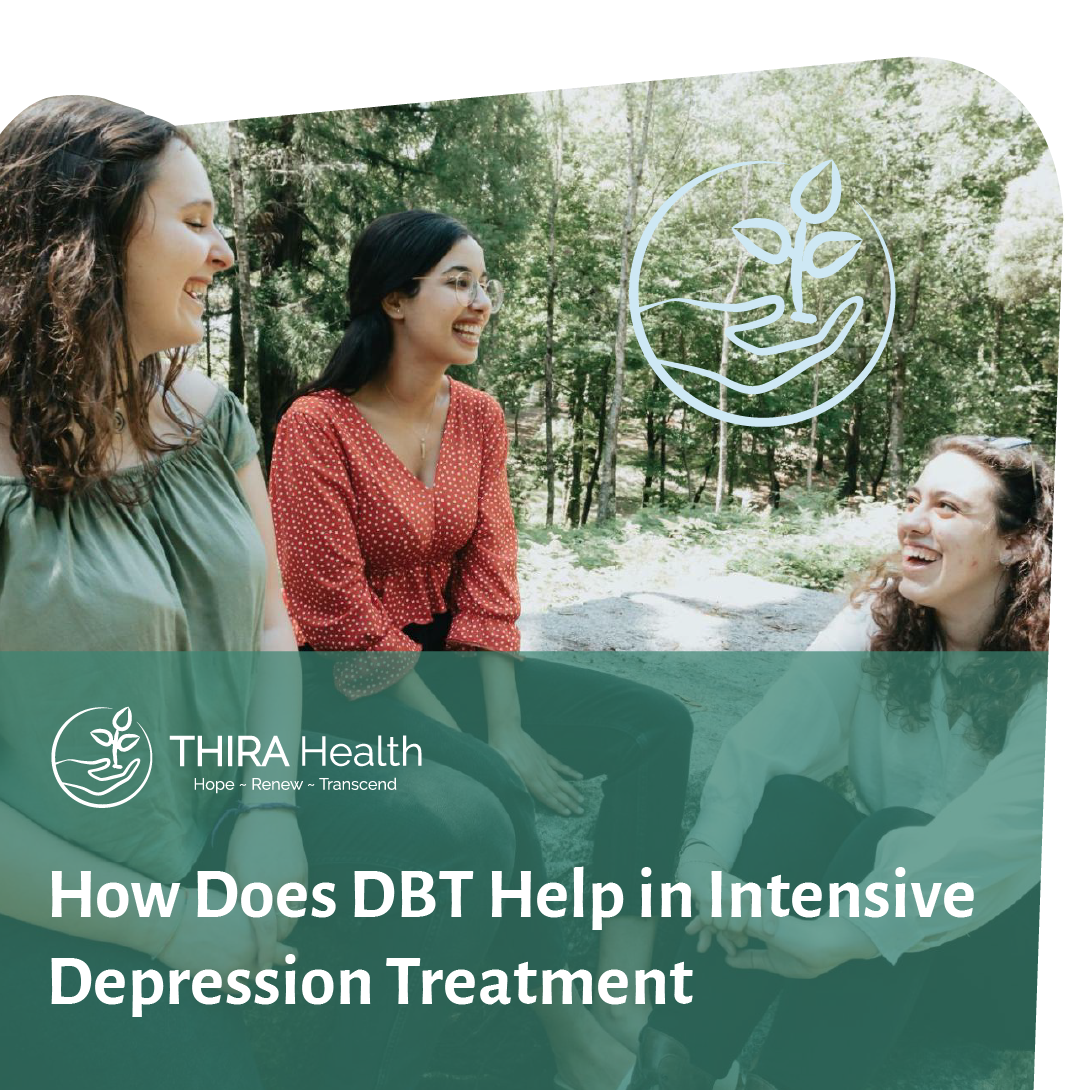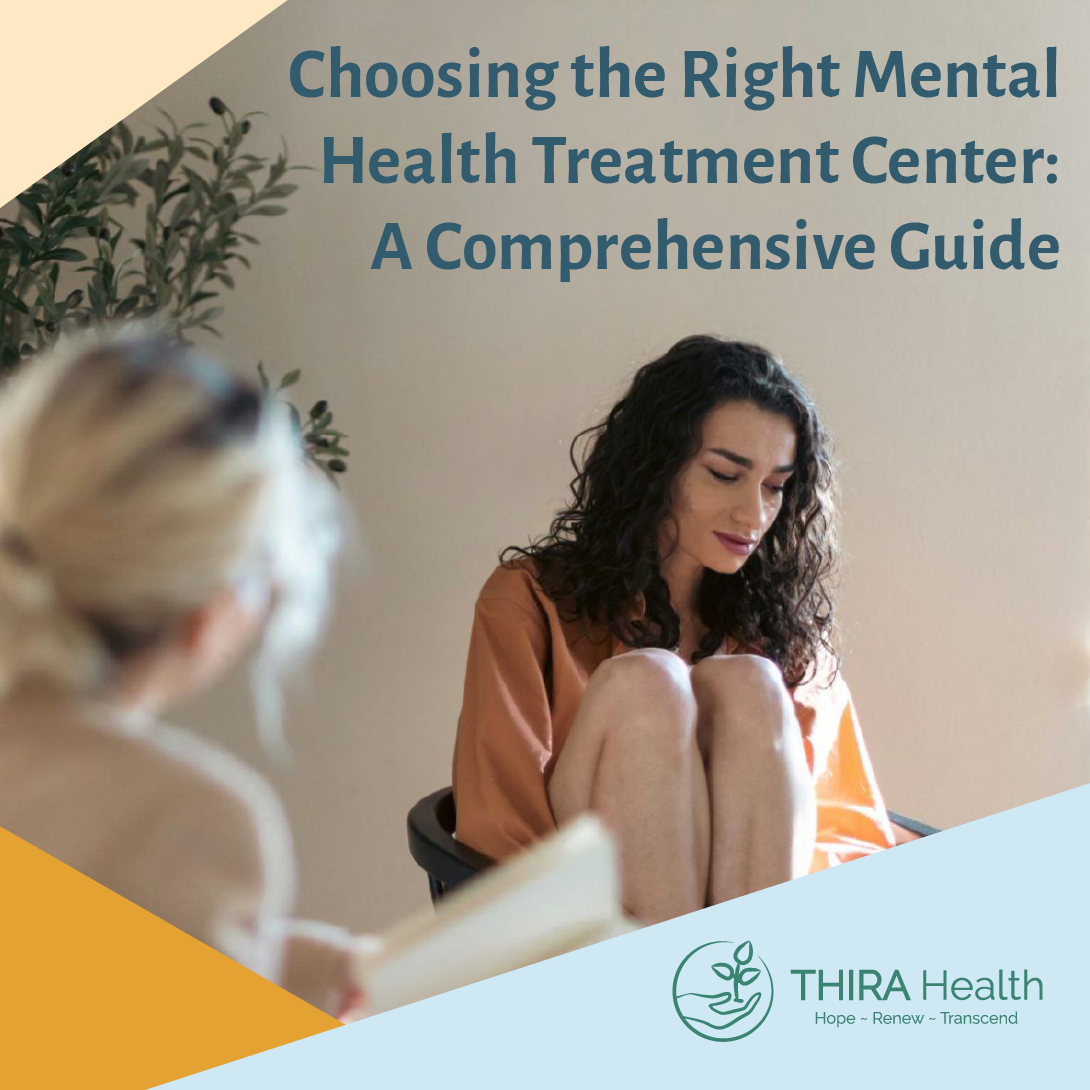Dialectical Behavior Therapy (DBT) focuses on four major components: interpersonal effectiveness, mindfulness, emotional regulation and distress tolerance. Though these concepts may seem foreign to you now, this article will explain how you can utilize DBT mindfulness to self-soothe to manage anxious, depressive, obsessive or intrusive thoughts. These coping skills can be utilized by anyone, anywhere and at any time.
Though DBT mindfulness exercises can be helpful to add to your repertoire of healthy coping skills, you can still work with a clinician or therapist to fine-tune these tactics. A professional can guide you in applying DBT skills to your individual needs and support your development and understanding of dialectical behavior therapy and mindfulness. If you would like to learn more about DBT and how it could help you navigate strong emotions and low moments, reach out today.
What is Mindfulness?
In the psychological scene, mindfulness is defined as “non-judgmental attention to the present moment.” Mindfulness as a therapeutic technique can be traced back to classic Buddhist practices. Rooted in concepts of meditation, the practice of mindfulness aims to promote intention, reflection, compassion and a non-judgmental approach toward emotions.
So, what does that have to do with coping with sadness, anger, impulse or frustration and emotional regulation? Everything, actually.
Putting DBT skills to use increases our emotional regulation abilities with proven techniques for de-escalation and coping. Mindfulness, in particular, allows us to feel awareness and acceptance of our emotions. In mindfulness, we’re offered the time and space to feel and reflect on our emotions consciously instead of subconsciously. This allows us to understand our emotions better and act on them while pressing pause on our impulses.
Core Facets of DBT Mindfulness: “What” and “How” Skills
DBT is divided into four skills categories that each address a core facet of a “life worth living,” including emotional regulation, interpersonal effectiveness, distress tolerance and mindfulness. The four DBT skills categories are further broken down into digestible skills that can be easily understood and implemented into daily life.
Mindfulness—the “what” skills, in particular—is rooted in the actionable steps of observing internal and external states, describing the present experience, and participating fully in the present moment. DBT “how” skills complement the “what” skills perfectly, and teach us to engage in each moment non-judgmentally, one-mindfully and effectively (or choosing to do what works). In order to best understand these mindfulness skills and their benefits, we will first break down these core facets of the DBT “what” and “how” skills.
“What” Skills:
Observing your thoughts and simply paying attention to your experience can help you better label the emotion, gauge the strength and duration of the feeling and later, help overcome the grip of strong—sometimes painful—emotions such as anxiety or sadness.
Next, describing your feelings is important to help you recognize what environmental (or internal) events cue certain emotions, how exactly they make you feel, and can assist with identifying the exact emotion you are feeling in regards to the precipitating event. This is best described with the example of “I Statements,” i.e., “I feel disappointed when I…” instead of “I am a disappointment.”
When we participate fully in the moment, we are operating counter-culturally and immersing ourselves fully in the task before us. This skill rejects the idea of multi-tasking and asks us to become absorbed fully into the one thing that we are doing.
“How” Skills:
The first DBT “how” skill requires a nonjudgmental awareness of the present moment. Mastering this ability to perceive without emotionally reacting (no matter if its positive or negative) helps us to interpret and label our feelings accurately to gauge an appropriate, thoughtful response. Often when we act on emotions alone, our reactions are fueled by that immediate impassioned reflex that can lead to overreacting, impulsive behavior and emotionally-charged decision making. Even positive judgments are not always helpful to us, and this component asks us to refrain from engaging the part of us that wants to categorize in terms of “good” and “bad.”
The second “how” skill that suggests we engage in life one-mindfully is reminiscent of the “what” skill of participating fully. Whether we are watching our favorite show on Netflix or eating dinner, these skills ask us to resist the urge to also scroll on our phone or multitask while we move throughout our day.
Finally, choosing to lean into effectiveness and do what works allows us to tailor our approach to life and these skills based on our personal preferences. This skill affirms our individuality and empowers us to make decisions that are best for us. In DBT mindfulness skill building, we’re encouraged to act according to what’s proven to be helpful for us and leave behind the rest.
Practicing mindfulness encompasses the rituals of “what” and “how” skills to create an awareness of emotions and the present moment. Such awareness of our emotions is the first step toward better control and verbalization of them.
DIY DBT: Mindfulness Exercises
Having a better understanding of DBT and its core facets lays an important foundation for effectively and successfully utilizing mindfulness exercises.
Walking Meditation
This practice allows us to turn off our autopilot setting. Instead, we can use the walk to quiet our minds. When walking, instead of thinking of work or your to-do list, focus only on your surroundings: your feet meeting the ground, sounds, smells, the sensation of a breeze. Given that mindfulness is rooted in the present moment, this is a very simple way to change your surroundings and practice observing and describing sensations.
5 Finger Hand Trace
This exercise can be done virtually anywhere. Put your hand in front of you and spread your fingers. With your other hand and starting at your thumb, trace your finger from your palm to the tip while inhaling, and then back from the tip to the base while exhaling. This helps to regulate breathing, focus on movement and build that mind-body connection and awareness.
Body Scan
This video walks you through this meditation. Essentially, it focuses on focusing on isolated parts of your body and sensations starting from your head, down to your toes in 5-minute increments. This allows us to practice intentional emotional regulation and focusing on the present moment.
Breathing Exercises
One common mindfulness breathing exercise is diaphragmatic breathing. While seated in a relaxed and comfortable position, place your hand on your lower stomach. Focus on breathing with your diaphragm by watching the hand placed on your lower abdomen rise fall for about 10 minutes. This aims to focus on deep breaths and increase mind-body connection while redirecting your mind from outside thoughts.
Self-Soothing with DBT Mindfulness
With this knowledge, you can practice these mindfulness techniques to help you navigate moments of low, negative emotions. If you find yourself needing more support and guidance in your relationship with depression, anxiety, suicidal thoughts or an eating disorder, learn more about how the team at Thira Health, DBT and these mindfulness skills can help.






